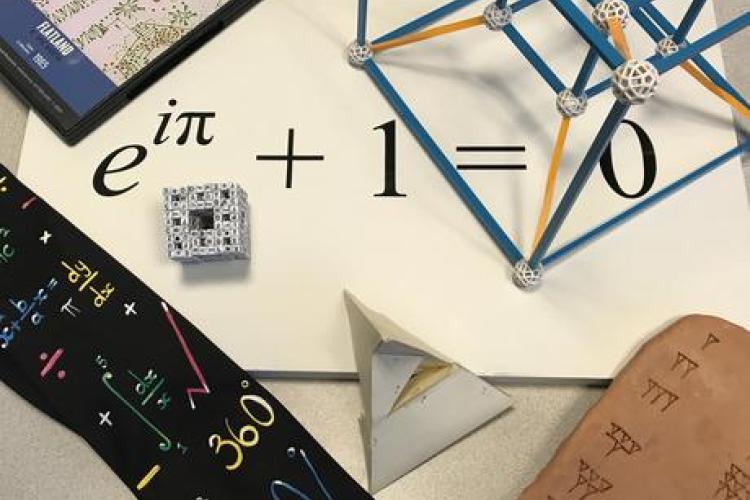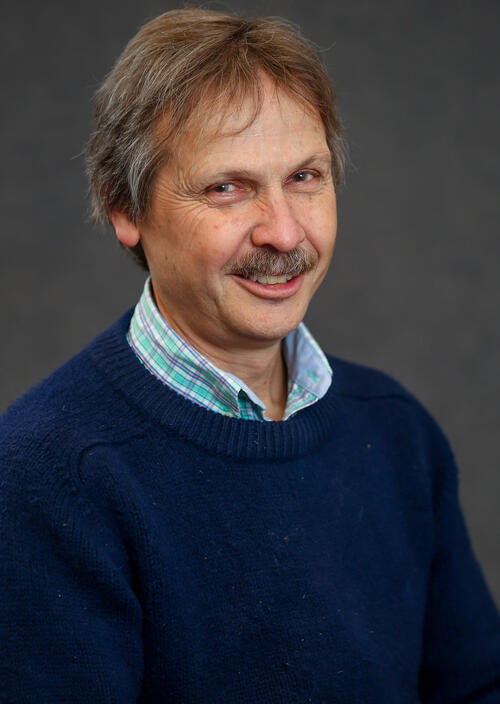To Infinity and Beyond (FNDS 1701)
Many people have a love-hate relationship with mathematics.
This stems largely from the fact that society treats mathematics as a tool to enable the sciences and engineering. Collectively we do not think of mathematics as a subject that is interesting in its own right, not as a subject that has evolved as humans have evolved, over thousands of years.
This is a course aimed not at engineers nor scientists (though they would enjoy the ideas very much). It is designed for the rest of us. In this course, we treat mathematics with curiosity, asking questions about the when and why of various concepts. The number zero did not always exist; not all infinities are created equal; there are beautiful tangible objects that live in neither two nor three dimensions. More, we discuss the implications of these ideas on scientists and artists, on theologians and philosophers. In addition to the Maor text, the subject matter for this course is drawn from a diverse set of works including a satirical novella by an English schoolmaster, a novel about a boy with autism who tries to solve a murder mystery, and perhaps one of earliest anthologies to include only mathematical poetry.
This course covers topics in the discipline of Mathematics.

Who should take this course?
Students who may be a bit timid when it comes to numbers, but who want a look beyond the numbers used by engineers and accountants.
More about this course
Course number: FNDS 1701
Number of Credits: 3
Search UM-Dearborn Class Schedule to find out more.
Dearborn Discovery Core requirements met: Quantitative Thinking and Problem Solving
Meet your faculty member: Michael Lachance, Professor of Mathematics
One of the benefits of taking a Foundations course is gaining a faculty mentor that can support you throughout your college career. Get to know Michael Lachance, faculty member for To Infinity and Beyond.

Word problem: X is passionate about mathematics and how everyday life is interwoven with it. X is a regular attendee at the Indy 500, timing the laps of the cars to determine their speed; X integrates mathematical patterns and functions into the hardscape and landscaping around his family’s garden; X is an early riser, often sending email notes at 4am; X is a distance runner (when the weather cooperates) enjoying the solitude and rhythm; X blurts out puns and corny jokes because (like so many math teachers before him) he can’t help it. What is X?
This is a case where there are many solutions to the problem. One such solution is X = Mike Lachance.
Have questions about this course? Email Dr. Lachance at [email protected].
